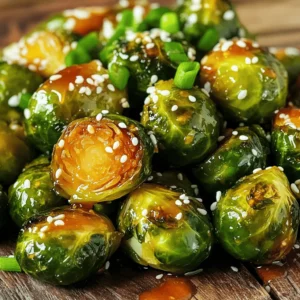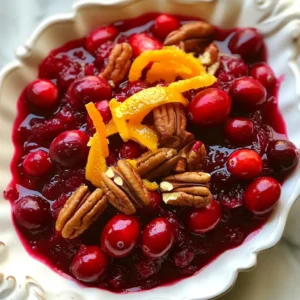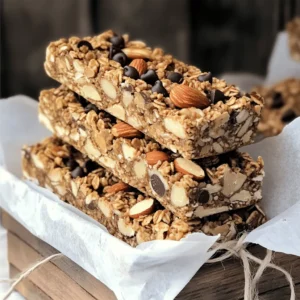Latest & Greatest

Crispy Chickpea Salad Tasty and Healthy Meal Option
Looking for a tasty and healthy meal option? You’ll love this Crispy Chickpea Salad! Packed with nutrients and flavor, it
Read more…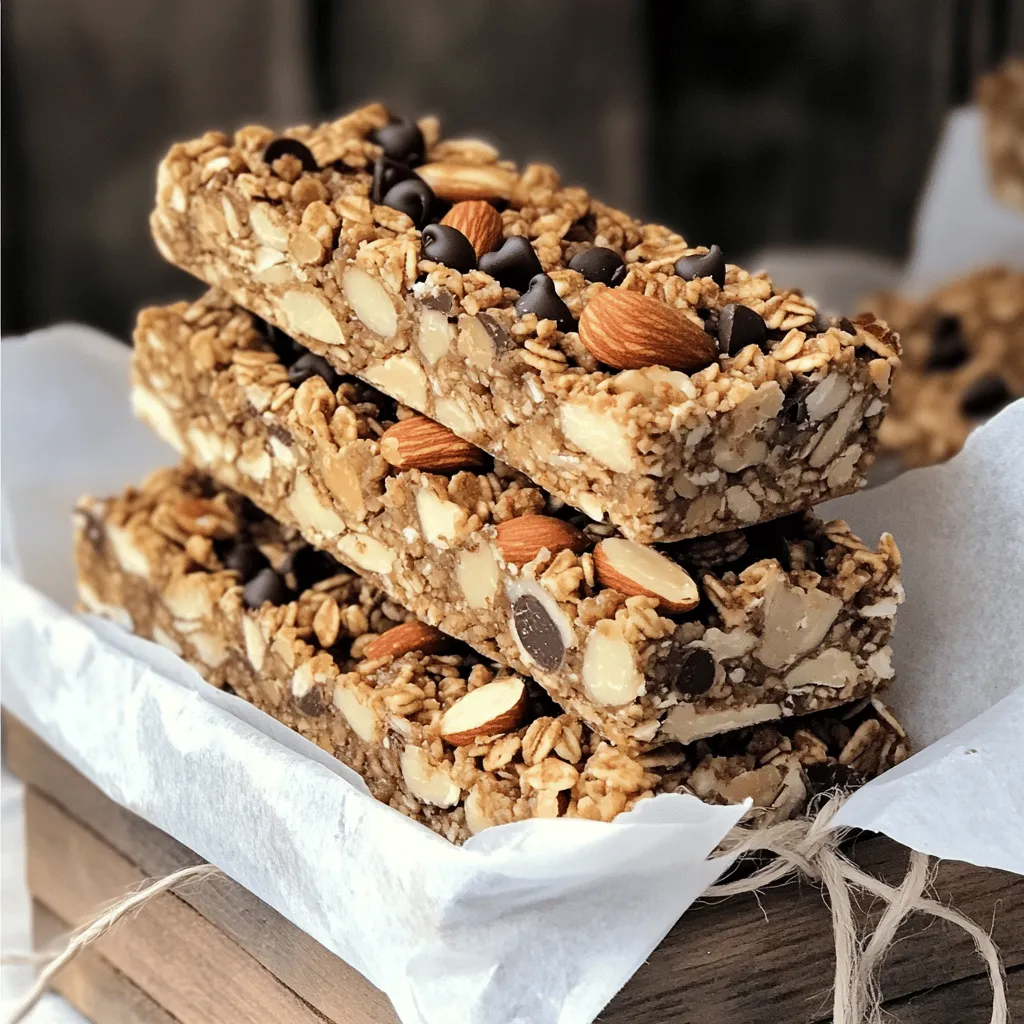
Homemade Granola Bars Easy Recipe for Healthy Snacking
Are you ready to snack smarter? In this blog post, I’ll guide you through a simple recipe for homemade granola
Read more…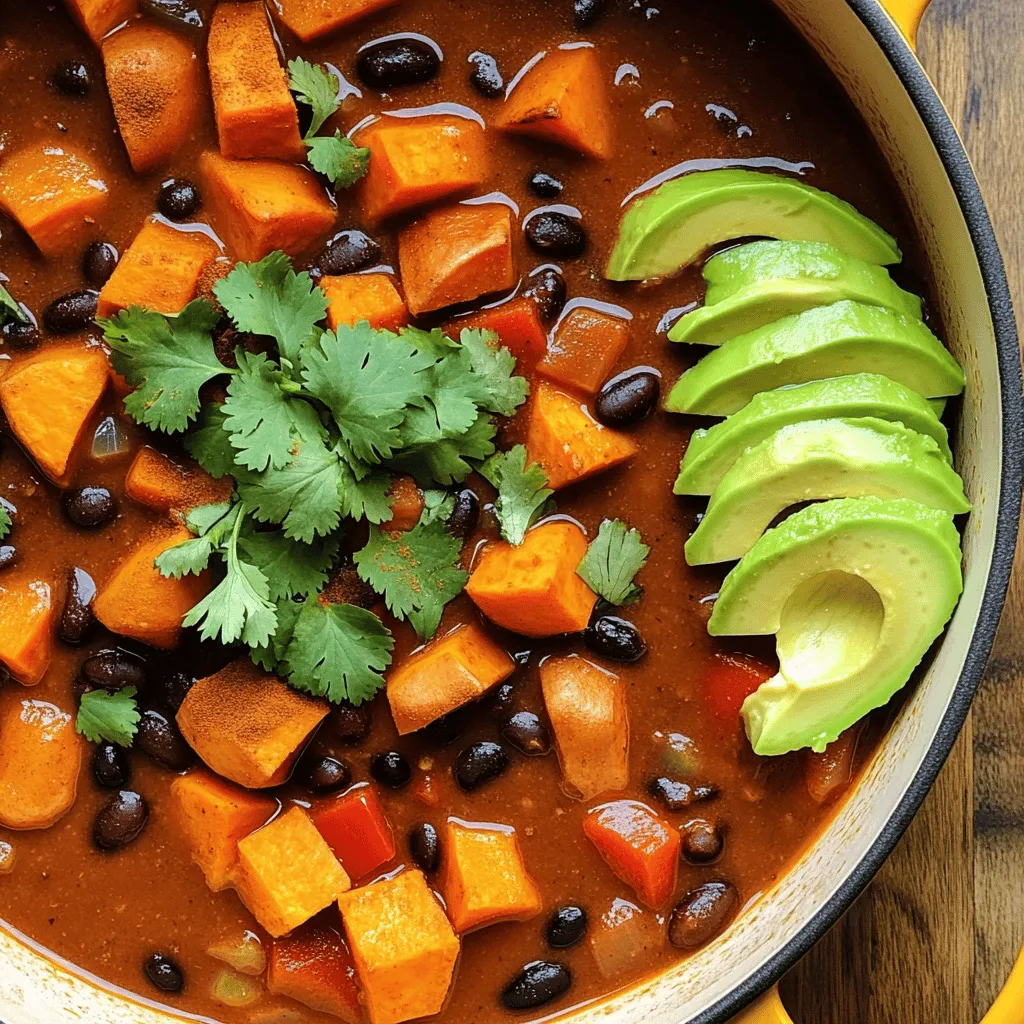
Sweet Potato and Black Bean Chili Hearty Vegan Delight
If you’re craving a bowl of warmth and comfort, look no further! This Sweet Potato and Black Bean Chili is
Read more…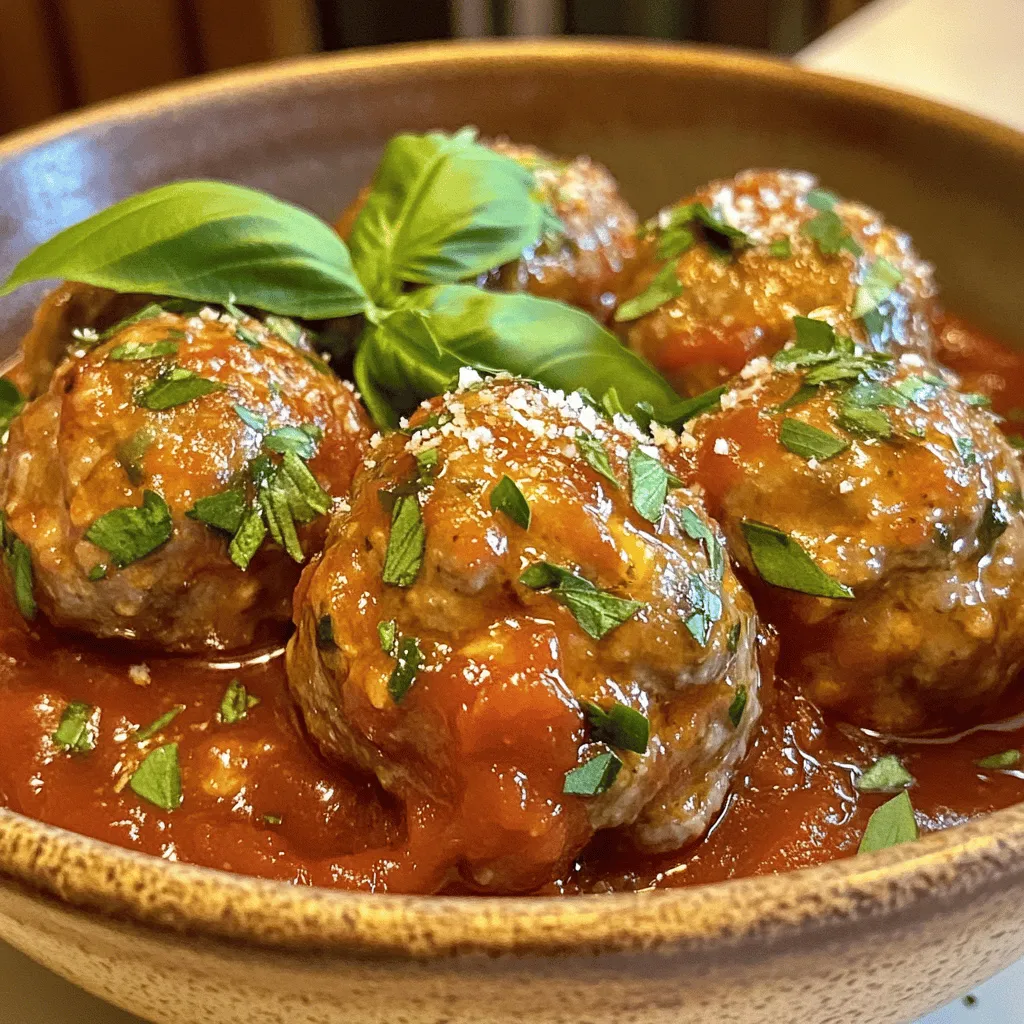
Easy Turkey Meatballs with Marinara for Dinner
Looking for a quick and tasty dinner? You’ve come to the right place! These Easy Turkey Meatballs with Marinara are
Read more…
Savory Cheesy Zucchini Fritters Tasty and Crisp Snack
Are you ready to spice up your snack game? Let me introduce you to Savory Cheesy Zucchini Fritters! These tasty,
Read more…
Creamy Spinach and Artichoke Dip Irresistible Delight
Are you ready to whip up a crowd favorite? This Creamy Spinach and Artichoke Dip is the perfect blend of
Read more…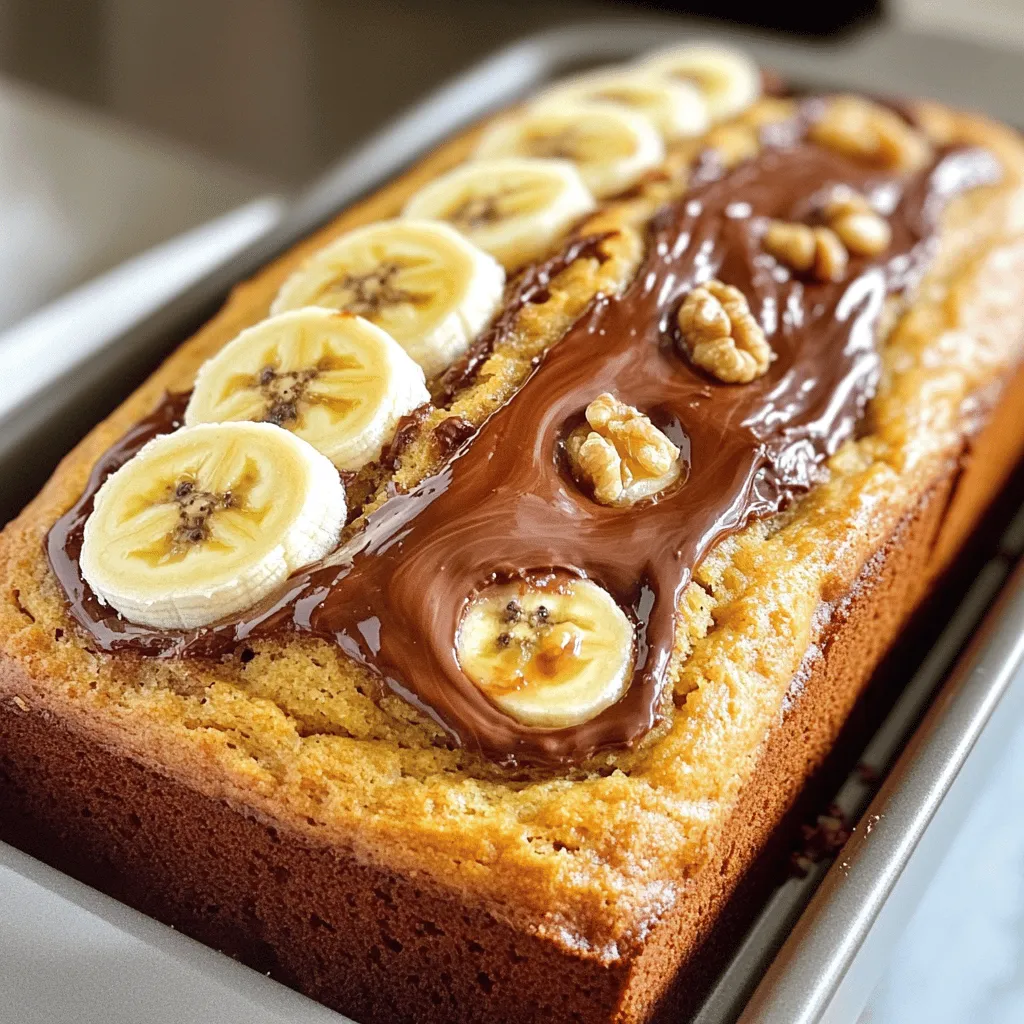
Nutella-Stuffed Banana Bread Delightful and Easy Recipe
If you love a sweet treat that’s simple to make, you’re in for a real treat! Nutella-Stuffed Banana Bread combines
Read more…
Zesty Lemon Garlic Shrimp Flavorful and Easy Recipe
Craving a quick and tasty meal? This Zesty Lemon Garlic Shrimp recipe packs bold flavor in every bite! You’ll learn
Read more…browse recipes

Buffalo Cauliflower Bites Crispy and Flavorful Snack
Are you craving a snack that’s both crispy and packed with flavor? Look no further than my Buffalo Cauliflower Bites! These tasty treats capture…
My Latest Desserts
My Latest Recipes
hey,
i’m !
I’m so happy you’re here!
My kitchen is filled with stories, flavors, and love and I’m so happy to share them with you. Here’s to dishes that feel like home.
Broccoli Potato Cheese Soup Creamy and Comforting Dish
Are you ready to warm your belly with a tasty bowl of Broccoli Potato Cheese Soup? This creamy and comforting dish combines fresh veggies…





